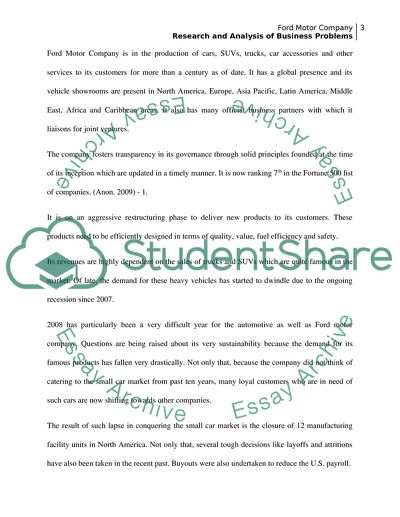Cite this document
(“Research and Analysis of Business Problems Essay”, n.d.)
Research and Analysis of Business Problems Essay. Retrieved from https://studentshare.org/miscellaneous/1559409-research-and-analysis-of-business-problems
Research and Analysis of Business Problems Essay. Retrieved from https://studentshare.org/miscellaneous/1559409-research-and-analysis-of-business-problems
(Research and Analysis of Business Problems Essay)
Research and Analysis of Business Problems Essay. https://studentshare.org/miscellaneous/1559409-research-and-analysis-of-business-problems.
Research and Analysis of Business Problems Essay. https://studentshare.org/miscellaneous/1559409-research-and-analysis-of-business-problems.
“Research and Analysis of Business Problems Essay”, n.d. https://studentshare.org/miscellaneous/1559409-research-and-analysis-of-business-problems.


